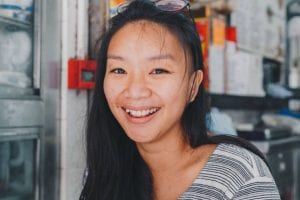
Our guest writer this week is Chi Chi Huang, who recently finished her PhD at the University of Hong Kong. (Congrats Dr. Huang!) By incorporating archival research and the study of visual culture into her project, Chi Chi’s research …
23/08/18
This week our guest writer is Reynold Tsang, MPhil student at the University of Hong Kong. Born and raised in Hong Kong, Reynold shares with us his research on the development of museums in late colonial Hong Kong, and …
01/08/18Our guest writer this week is Chi Chi Huang, who recently finished her PhD at the University of Hong Kong. (Congrats Dr. Huang!) By incorporating archival research and the study of visual culture into her project, Chi Chi’s research …
23/08/18This week our guest writer is Reynold Tsang, MPhil student at the University of Hong Kong. Born and raised in Hong Kong, Reynold shares with us his research on the development of museums in late colonial Hong Kong, and …
01/08/18